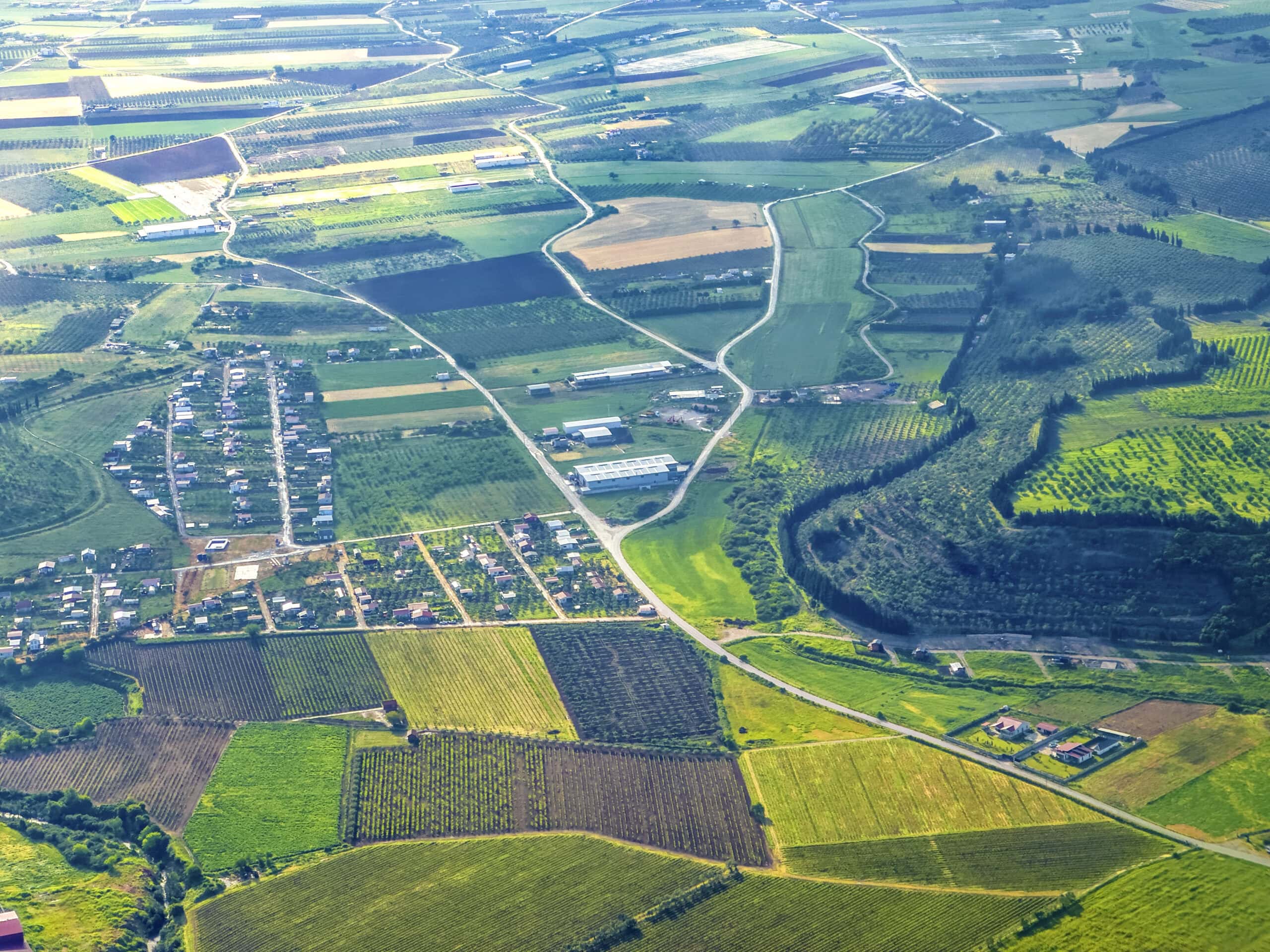How to Find Land for Sale Near You: The Ultimate Guide
Finding land for sale near you can seem overwhelming at first, but with the right knowledge, resources, and guidance from a local expert, it becomes an exciting and rewarding experience. Whether you’re looking to build your dream home, purchase property for recreational activities, or secure land for commercial use, understanding the process is key to making an informed decision.
This ultimate guide will walk you through how to find the perfect property based on your needs. We’ll cover important factors such as pricing, local market trends, and key considerations when evaluating land. Along the way, we’ll provide insights on navigating the buying process, helping you feel more confident as you search for land that aligns with your goals.
Land for Sale Near Me: Finding the Right Property
What to Consider When Looking for Land for Sale Near You
When searching for the perfect plot of land, pay close attention to lot sizes and layouts. The dimensions of a property directly impact what you can accomplish with your land. Consider your long-term needs—will you want space for future expansions, outbuildings, or recreational areas? Your intended use should guide your decision about how much acreage you need.
Zoning and deed restrictions play a crucial role in determining what you can do with your land. Local zoning ordinances control everything from what structures you can build to how you can use the property. Some areas restrict commercial activities, limit building heights, or require minimum acreage for certain uses. Similarly, deed restrictions might prohibit specific activities or require architectural approval for construction projects. Always verify these regulations before purchasing to ensure they align with your vision.
Location remains one of the most important factors when buying land. Consider proximity to amenities, work, schools, and recreation. A secluded property offers privacy but might increase commute time. Conversely, land near urban centers provides convenience but typically comes with higher prices and less space. Think about what matters most to you—scenic views, accessibility, or isolation—and prioritize locations that deliver your must-have features.
Evaluating Land for Your Investment
Different types of land serve different purposes. For residential use, look for buildable lots with suitable topography, good drainage, and proximity to utilities. Commercial investments require visibility, accessibility, and appropriate zoning. Recreational land should align with your hobbies—whether that’s hunting, fishing, or hiking. Agricultural parcels need fertile soil, water access, and proper sunlight exposure. When evaluating land for sale near you, match the land’s natural characteristics to your intended use to maximize value and enjoyment.
Soil Testing
Soil testing provides crucial information for building projects. The soil composition determines foundation requirements, septic system viability, and overall construction costs. Clay-heavy soils might require specialized foundations, while rocky terrain increases excavation expenses. Professional soil tests reveal potential issues before you commit to a purchase, helping you avoid costly surprises during development. This small upfront investment can save thousands in the long run.
Utilities and Infrastructure
Access to utilities and infrastructure significantly impacts development costs. Investigate whether electricity, water, sewage, and internet services already reach the property. For undeveloped land, extending these services can add substantial expenses to your budget. Some remote properties might require alternative solutions like wells, septic systems, or solar power. Also evaluate road access—year-round accessibility influences both development costs and everyday convenience once you own the property.
Using Maps and Tools to Scout Land for Sale Near You
Modern technology offers powerful resources for preliminary property evaluation. Use satellite view, zoning maps, and boundary tools to gather crucial information before site visits. Satellite imagery reveals natural features, neighboring developments, and more. Topographical maps show elevation changes that might affect building costs. These digital tools help you eliminate unsuitable properties quickly and focus your attention on promising options that warrant in-person inspection.
Consider how surrounding features enhance property value and enjoyment. Proximity to state game lands offers recreational opportunities and natural buffers, while good highway access improves convenience and could boost resale potential. The ideal balance depends on your priorities—some buyers value conservation areas and natural surroundings, while others prefer accessibility to urban amenities and transportation corridors. Research these aspects thoroughly to find land that perfectly matches your lifestyle needs.

Navigating the Land Buying Process
Understanding Property Pricing
Several key factors impact the cost of land. Recent sales and market comparisons provide the foundation for pricing. Land values fluctuate based on local market conditions, with attractive locations commanding premium prices. Research comparable recent sales to establish reasonable price expectations for similar properties in your target area.
Land attributes significantly influence price. Parcels with desirable natural features like water frontage, mature trees, or scenic views typically cost more than basic lots. Similarly, properties with productive soil for agriculture or level building sites command higher prices than challenging terrain. These inherent qualities create value that persists regardless of current market trends.
Improvements and infrastructure boost property values considerably. Land with existing utilities, access roads, fencing, or other developed features saves buyers significant time and money. These improvements represent value already invested in the property, which sellers rightfully include in their asking price. When comparing similar parcels, carefully assess what improvements each includes to make fair comparisons.
Accessibility and location remain primary price drivers in real estate. Properties near growing cities, popular vacation destinations, or major transportation corridors typically cost more than remote parcels. This premium reflects both convenience value and future appreciation potential. Consider how location impacts both current lifestyle needs and long-term investment returns when evaluating property prices.
The concept of highest and best use helps explain price variations between similar properties. Land that offers multiple potential uses generally commands higher prices than single-purpose parcels. For example, property suitable for both residential development and agriculture provides more options than land limited to one use. This flexibility creates additional value for buyers who want multiple potential exit strategies or future development opportunities.
Key Property Details to Look For
Property tax estimates provide crucial budgeting information. Tax rates vary significantly between counties and special assessment districts, affecting your ongoing ownership costs. Research current tax obligations and recent trends to anticipate future expenses. Some agricultural or conservation uses qualify for reduced tax rates, potentially saving you thousands annually if you qualify.
Sales history and land title information reveal important ownership details. Research prior sales to understand how the property’s value has changed over time and identify any red flags. Title searches uncover crucial information about easements, rights-of-way, mineral rights, and potential claims against the property. These legal considerations can significantly impact how you use your land and should factor into your purchase decision.
Property location influences daily life and long-term value. Beyond simple convenience factors, location determines school district boundaries, emergency service providers, and community resources. Research these elements carefully to ensure they align with your needs, particularly if you have school-aged children or specific service requirements. Location remains the one factor you cannot change after purchase, making thorough evaluation essential.
Helpful Resources During Your Search
Local county records offer valuable research materials. Most counties maintain public records on property ownership, tax history, zoning regulations, and development plans. Many now provide online access to these resources, making preliminary research convenient. Visit county offices in person for more detailed information or to speak with staff who often possess invaluable local knowledge about specific areas and properties.
Real estate platforms like kwland.com, can help you discover available properties. These platforms typically offer advanced search filters to narrow results based on your specific criteria. Many include interactive maps, property information, and additional resources.
Local land experts like KW Land® members provide specialized knowledge. These professionals understand the nuances of land transactions, including environmental considerations, development potential, and agricultural viability. Their expertise helps you avoid common pitfalls while identifying opportunities others might miss. Working with specialists who regularly handle land transactions gives you a significant advantage throughout the buying process.
Price Ranges and Market Trends
Regional comparisons for rural real estate help you understand value across different areas. Land prices vary dramatically based on location, even within the same county. Urban-adjacent rural properties typically command higher prices than truly remote parcels, reflecting their convenience and development potential. Track price trends across several neighboring counties to identify areas where your budget stretches furthest without sacrificing key priorities.
Various factors affect land pricing in nearby areas. Local economic conditions, population growth, and infrastructure development directly impact land values. Areas experiencing business expansion or new transportation improvements often see rising prices as demand increases. Similarly, regions with new recreational attractions or tourism growth typically experience appreciation. Understanding these dynamics helps you identify emerging opportunities before prices rise, potentially increasing your return on investment.
Available Property Types
The market offers diverse options including residential homes and home designs. Existing homes provide immediate usability but less customization than vacant land. When evaluating improved properties, consider both the current structures and the land’s potential for future development. Some buyers purchase homes primarily for the land value, planning eventual teardown and redevelopment. Others value move-in ready properties with established landscaping and infrastructure.
Vacant land, commercial plots, and agricultural uses represent distinct investment categories. Vacant residential lots typically offer the simplest path to building a custom home. Commercial parcels require more complex development planning but potentially generate higher returns. Agricultural land provides both productive use value and potential appreciation, often with tax advantages for active farming operations. Each category attracts different buyers and follows somewhat independent market trends, creating opportunities for strategic investors.
Business Growth and Area Development
Nearby businesses and landscaping significantly impact property values. Commercial development often brings infrastructure improvements that benefit surrounding properties. However, certain business types might create noise, traffic, or other challenges for neighboring landowners. Research existing businesses and development plans to understand how the area around your potential purchase will evolve over time. This knowledge helps you anticipate future value trends and potential lifestyle impacts.
Zoning laws and development potential determine what you can do with your property. Current zoning establishes baseline permissions, but many areas allow variance requests or zoning changes with proper application. Research the local government’s approach to zoning modifications—some jurisdictions readily accommodate reasonable changes while others maintain strict adherence to existing plans. Understanding this regulatory environment helps you assess whether your vision for the property remains legally achievable.
Schools and Education: A Key Consideration to Land For Sale Near You
Understanding Local School Information
Great school ratings and test scores provide standardized metrics for comparing educational quality. These ratings compile data on academic performance and student progress. While useful for initial screening, remember these ratings offer just one perspective on school quality. Look beyond the numbers to understand specific program strengths and weaknesses that might matter most for your family’s unique educational needs.
College readiness and enrollment eligibility statistics reveal how well schools prepare students for higher education. Schools with strong advanced placement programs, dual enrollment options, and college counseling services typically produce more college-ready graduates. For families with college-bound students, these factors significantly impact educational outcomes. Research graduation rates, college acceptance statistics, and alumni achievements to gauge how effectively local schools prepare students for their future.
Researching School Districts
School district boundaries and quality indicators often influence property values. Homes within highly-rated districts typically command premium prices and maintain stronger value during market downturns. Even if you don’t have school-aged children, these factors affect your property’s future resale potential. Research how district boundaries relate to property lines, as even subtle boundary changes can significantly impact marketability and value.
Equity data and school quality trends reveal important information about educational experiences. Beyond overall performance metrics, examine how schools serve diverse student populations. Look for consistent improvement trajectories rather than just current ratings, as rapidly improving districts often represent better value than those with stagnant or declining performance. These forward-looking indicators help identify areas poised for appreciation as educational quality rises.
Nearby Educational Institutions
Schools in your area and similar areas create an educational environment for residents. Beyond K-12 options, consider specialized programs like magnet schools, career academies, and alternative education paths. Many families value educational diversity that accommodates different learning styles and interests. Research special education services, gifted programs, and extracurricular offerings that align with your family’s specific priorities.
Local universities and higher education access create additional community benefits. Properties near colleges often maintain strong rental demand and value stability. These institutions typically provide cultural amenities, continuing education opportunities, and economic stability that benefit surrounding communities. Consider how proximity to higher education enhances both lifestyle quality and long-term investment potential when evaluating different land options.
By thoroughly researching these aspects of land purchasing, you’ll navigate the process with greater confidence and clarity. Remember that finding the perfect property involves balancing numerous factors according to your unique priorities. Take time to consider what matters most to you, gather information systematically, and consult experts when needed. With proper preparation, you’ll find land that not only meets your current needs but continues delivering value for years to come.
Conclusion: Finding Your Ideal Land Property
You now understand the key factors in finding land for sale near you. The perfect property balances your needs, budget, and future plans.
Working with local experts like agents affilaited with KW Land® simplifies this process. Their knowledge of markets, zoning, and development potential provides valuable guidance during your search.
Take time to visit properties multiple times and in different conditions. What appears perfect in one season may reveal issues in another.
Remember that land is a long-term investment. Choose property flexible enough to accommodate how your needs might change over time.
Ready to begin your search? Visit kwland.com to browse listings and connect with land experts who understand your unique requirements. With proper guidance and your new knowledge, you’ll find land that perfectly matches your vision.



